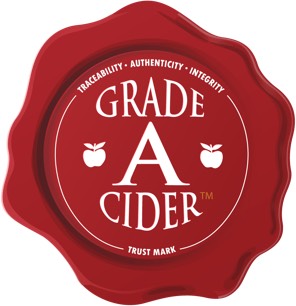Since about 2010, there has been a revival in cider consumption making it one of the fastest-growing drink categories worldwide. The United Kingdom, referred to as the birthplace of cider making, is still leading the charge. Although the UK’s percentage share of the worldwide cider market has dropped in the last 10 years to 35% from around 50%, it is still today by far the largest cider market in the world with the greatest consumption per capita.
The main reason for its large drop in market share has been the revival of cider consumption in the USA and Canada, and the opening of new cider markets in Asia. For instance in the last 10 years, cider sales in the USA and Canada have grown by leaps and bounds and went from negligible to now about 6% and 4% respectively of worldwide demand.
Cider is frequently positioned as an alternative to beer or wine and it caters to a wider audience, especially to female consumers. A growing number of young adults prefer cider over beer as cider is gluten free, slightly sweeter, and more refreshing during hot summer days. Also, younger people, especially women, are increasingly choosing quality and authenticity over quantity. As such, they are willing to pay more for what they perceive as premium products, such as an authentic craft cider.
However, as many consumers are slowly starting to realize, the fast growth of the cider category has led to the appearance of many ciders that although labeled as such, are actually not really ciders. Yet, those products dominate the cider category since they are produced by large beverage companies that control the sales channels. It is a bit of a cliché but the expression “not all ciders are created equal” holds true today more than ever.




